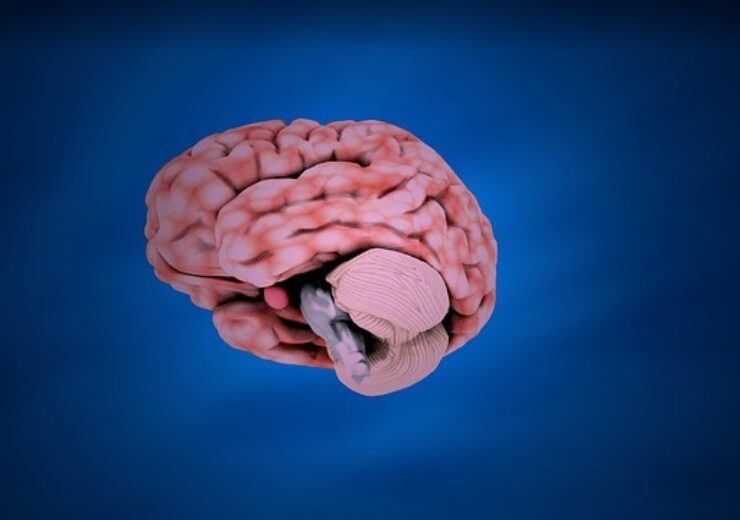The Brain CT quantification tool will allow clinicians to quickly and accurately evaluate the severity of injury in patients

Qure.ai has secured FDA approval for Brain CT AI product. (Credit: Raman Oza from Pixabay)
Qure.ai has secured 510(k) clearance from the US Food and Drug Administration (FDA) for its brain computed tomography (CT) AI solution called qER-Quant.
The brain CT quantification tool will allow clinicians in the US to quickly and accurately evaluate the severity of injury in patients with conditions such as traumatic brain injury, hemorrhagic stroke and hydrocephalus.
Qure.ai’s new qER-Quant product is also suitable for the tracking of the progression of pathology over time.
CT scans are generally used for the examination of brain injuries, in addition to diagnosing millions of patients that visit the emergency room every year.
According to the company, AI assistance will help accelerate treatment and transfer decisions, as well as to monitor patients more closely and minimise the chances of diagnostic errors.
Qure.ai CEO and co-founder Prashant Warier said: “We’ve always built products to solve real customer challenges and qER Quant is another example of the same.
“We worked on this capability based on customer feedback from radiologists, neurologists, and ER physicians who expressed the need to get automated volume measurements on neuro scans to assess patient progress as well as safe discharge decisions. It helps us offer a more comprehensive suite of AI tools to our US clinical partners.”
Qure.ai already secured CE mark approval for the brain CT quantification tool to market in the EU region.
At present, the AI tool is used by teleradiology providers, emergency care physicians and radiologists at over 40 clinical sites to process thousands of scans per day.
In June this year, Qure.ai announced its first US FDA 510(k) clearance for its head CT scan product qER. The approval covers four critical abnormalities identified by Qure.ai’s emergency room product.
The AI tool is allowed to triage radiology scans with intracranial bleeds, mass effect, midline shift, and cranial fractures.
